Insulation Batts vs Rolls: What's the Difference?
Author: Omar Alonso | Editor: Omar Alonso
Review & Research: Jen Worst & Chris Miller
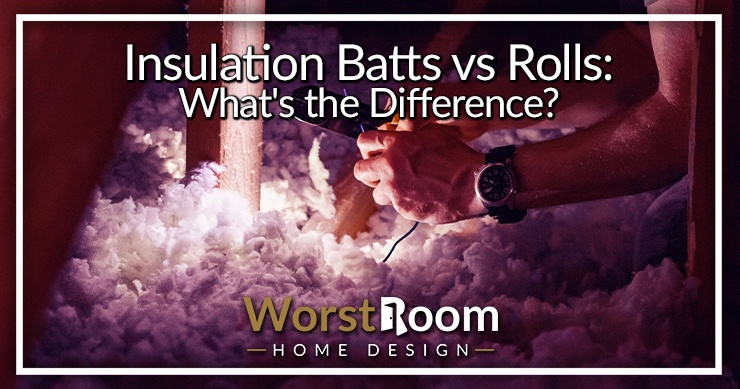
Completing an insulation job on time and with the right material is crucial. You’re usually left with the option of using insulation batts vs rolls. People often ask which one they should pick between these two choices and get confused while making the decision.
Neither of these types is better or worse than the other in terms of effectiveness. What the decision depends on is the weather conditions and the requirements of the house.
Here, we will talk about rolls or pre-cut batts for insulation and shed light on their differences as well. So, if you want to know more about these two types of insulation, keep reading this article.
What is Batt Insulation?
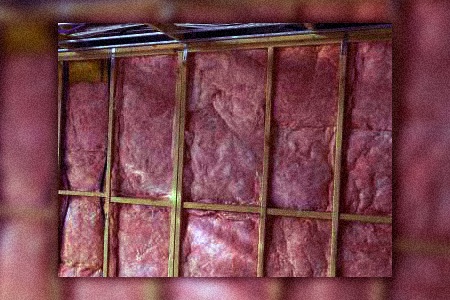
Blanket insulation is another name for batt insulation. This type of insulation is typically made of mineral wool or fiberglass, though you can find cotton and sheep’s wool options too. The most fascinating fact about this insulation system is that it comes in a pre-cut form that holds this form by being a bit denser.
This can be molded to fit in any attic space and adjusted to fit areas that may be tight. Batt insulation has a lot of fluffiness to it still so it can be squeezed in. It can be installed in any part of your house, such as floors, walls, ceilings, and the attic.
Despite being an efficient product, it is quite cheap as well. That's why it has become a popular choice among homeowners.
Another important fact about any insulation type is the R-value. The higher the R-value, the greater impact the insulation will have. Batt insulation comes with different options with different R-values. As a result, you can select based on your needs.
What is Roll Insulation?
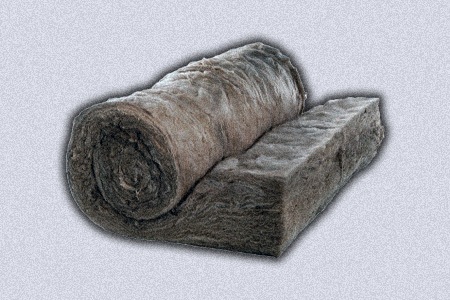
Insulation roll is different from batts. This is another inexpensive way to insulate your home. Rolls come in longer pieces that we cut ourselves while installing. It can be used in open spaces like attics, joint cavities, wall cavities, etc. You've likely seen them between the studs in the walls of an unfinished garage before.
These are generally designed to be 14.5" wide to fit within the distance between studs in a wall. The problem is that the builder could have done poor framing or used warped boards. Any kind of variation can mean small gaps on the sides of the roll insulation.
It's available in the same materials, but the most stocked will be fiberglass and then mineral wool. The range of roll insulation products with different R-values is also impressive. According to your area's climate condition, you can also choose the recommended R-value in roll insulation.
This type of insulation requires skills and proper knowledge about the installation process. Cutting the pieces into the wrong shape can slow down your project as well. At the same time, rolled up insulation can be a breeze when you know what you're doing.
The Difference Between Batt & Roll Insulation
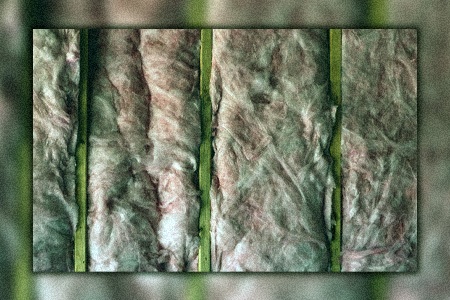
Both the insulation rolls and batts might come with similar materials, but the differences between them are also many. Rolls can be unused for longer and unique-sized cavities, where pre-cut batts come in eight- or nine-foot lengths to fit the most common framing cavities.
After the packages have been opened, the batts will expand to their full size without extra measuring and cutting. You can quickly install the batt insulation into the wall.
Batts have up to 44 percent less packaging than rolls, making cleanup easy and reducing the waste going to landfills. Batts can also have high costs for transportation and storage.
With pre-cut batts, you can load or stock up to 43 percent more insulation in your trucks or warehouse compared to rolls.
Although, if you compare the efficiency of these two types of insulation, both insulations perform tremendously well. But if you want minimal waste and maximum trucks or warehouse storage, pre-cut batts will win the battle.
Here we have stated some significant differences between insulation batts vs rolls and their installation processes for your better understanding. Let's have a look.
R-Value
Heat moves down the temperature gradient from higher temperatures to lower temperatures. In winter, heat moves from the heated home through the ceiling drywall into the cold attic. During the summer, the attic can be superheated, converting the ceiling into a radiant heater at the top of each room.
That's why it's important to know the R-value of the insulation materials used in your attic and the other portion of the house. The resistance of heat flow through a material is measured by its R-value. A higher R-value refers to a better material. Think of the R-value as ‘heat resistance’.
Both insulation batts and rolls offer a range of products that have different R-values. Depending on the width and material, the R-value differs in both insulation types. So depending on your requirement, you can pick any of these two.
Here, the width, length, and density determine the R-value of the insulation types. The thickness is usually 3.5 inches to 6.5 inches for both insulation rolls and batts, which is for the walls. For ceilings and floors, the thickness might vary from 6.25 to 12 inches.
The length of roll insulation is usually a lot longer than that of batts. The typical length of one roll of insulation packaging is 17.5 feet and can be extended to 80 feet. In contrast, the size of insulation batts doesn't have that much variety. The pre-cut batts are usually 48 inches long and can go up to 96 inches.
Installation Process
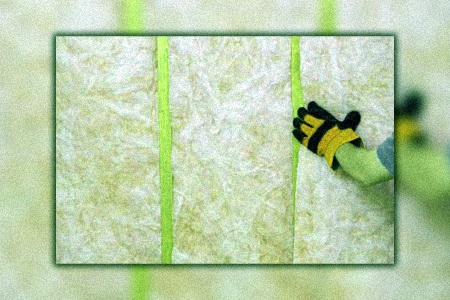
While planning to install insulation in the home, you might need to cut them into pieces according to the measurements of the wall cavities. This goes both for batts and rolls.
For installing the pre-cut batts, you will have the pieces all ready for you. Just unpack the packaging and pack them into the wall, attic, or floor cavity. You can use a manual or automatic retractable four-inch industrial blade to make the cuts needed. Both will work fine. These types of blades cut through the fiberglass insulation like butter.
With rolls you won't need to stack and secure many pieces. The more unobstructed a length of wall you want to cover, the easier it is to work with rolls. Insulation rolls are usually easier to work with around joists and when eliminating thermal bridging by installing rolls cross-ways as well.
Vapor Barrier & Facing
Facing is the length of paper you find on rolls of insulation, attached to one side of it. This facing helps give the fluffier roll insulation form so you can work with it easily and have a way to attach the insulation to your walls or ceilings.
But that’s not all the facing does. It also functions as a vapor barrier. When heat rises, it carries moisture along with it. When hot air meets the barrier separating it from cool air, condensation will occur. This vapor barrier stops the condensation from reaching your insulation and creating a mold problem.
As you can imagine, a facing / vapor barrier is an essential for any insulation in exterior types of walls and lining the roofing in your attic ceiling. One could argue of all the parts of a roof, insulation is the most important because without it you may as well not have a roof at all, in terms of temperature regulation.
Durability
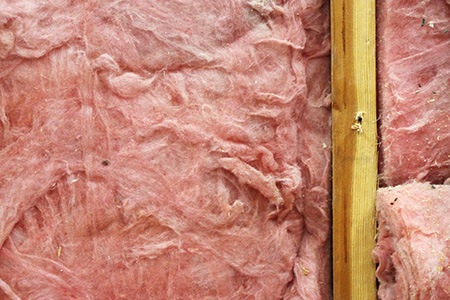
Assuming that you don’t allow your insulation to wet or to grow mold, and it’s secure inside your walls, then you can follow the manufacturer’s suggested lifespans in both batt and roll insulation forms:
- Fiberglass: 100 years maximum
- Mineral Wool: the lifetime of the structure it’s installed in
- Cotton: Up to 100 years of usage
- Sheep’s Wool: as long as the structure remains undamaged
You’ll get more time out of new insulation than the length of your own life span. This does beg the question of how well the insulation is holding up in extremely old buildings where it hasn’t been revisited and exchanged for new insulation. Note that there is no difference here between insulation batts vs rolls. With vapor barriers, they have equal durability.
You can assume when you stick with the top manufacturers of insulation, you’ll get a top of the line product as well that will meet these durability expectations. Consumers have been able to trust Owens Corning, Johns Manville, Rockwool, Knauf, and Guardian for nearly 100 years now. Really, any members (which these are) of the Insulation Institute (formerly the North American Insulation Manufacturers Association) will do right by you.
Batt vs Roll Insulation Costs
Blanket insulation and roll insulation are both inexpensive products that you can rely upon when choosing insulation for a DIY insulation project. People ask about the pros and cons of insulating a garage, as if the price is so outrageous that you'd skip out on doing it.
The price of both types varies between 0.50 USD to 1.70 USD per square foot. The price might vary depending on the material and width of the insulations and the state of the economy at the time, but those are fairly reliable estimates you can count on to manage your expectations..
Pros & Cons of Insulation Batts vs Rolls
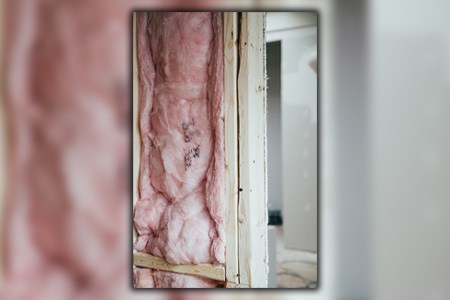
To quickly recap about the difference between batt and roll insulation, lets look at the pros and cons of each type.
Pros of Insulation Batts:
- Fast & simple installation, even if cuts are needed
- A bit more affordable and easier to ship and transport
- Can accommodate non-typical, odd-shaped areas
Cons of Insulation Batts:
- Can leave gaps between studs in poor wall framing
- You'll need to install a vapor barrier
- Loose fibers can become an irritant to skin, lungs, & eyes
Pros of Insulation Rolls:
- Very simple to measure and cut to size
- Can cover large or longer areas simply
- Overall installation is relatively very fast
Cons of Insulation Rolls:
- The fluffy material and vapor barrier are both easy to damage
- The wispy fiberglass material can lead to itching & irritation
- Large rolls can be difficult to move, transport, & manipulate
Ultimately, both of these insulation formats have benefits and drawbacks that really just about equal one another. You can absolutely use both types in one insulation project, too. You're not stuck with one or the other.
The Batt vs Roll Insulation Debate Isn't That Huge
Installing appropriate insulation is one way to keep energy costs low. It helps keep your home warm and comforts you during the cold winters.
Choosing an insulation type is not easy, but when you have two good options available, you will benefit in every way.
To be honest, there is no way to tell which is better since the differences are negligible; it will totally depend on the kind of service you want from them based on your local weather and your home. If you are still unsure, just talk to an expert and let them pick the correct option between insulation batts vs rolls.



